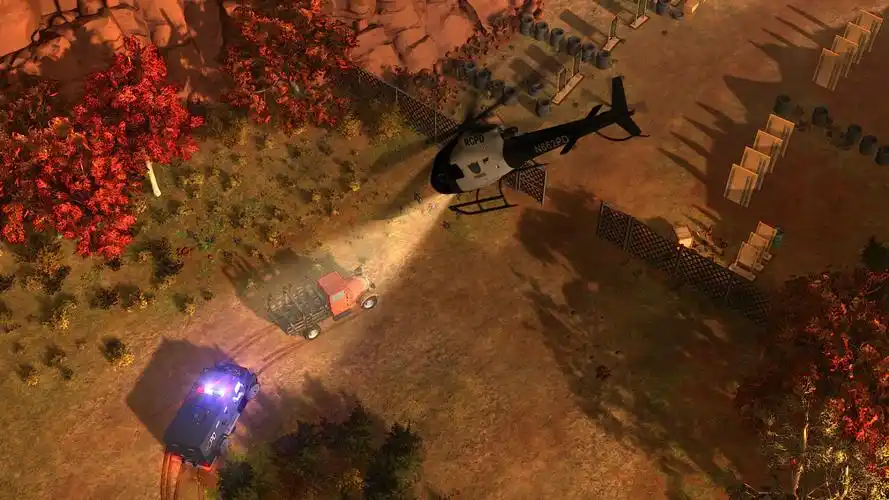Dragon Fruit in Grow a Garden: Dealing with Wind Damage
Introduction
Dragon fruit (Hylocereus undatus), also known as pitaya, is a tropical climbing cactus prized for its vibrant fruit and striking flowers. While it thrives in warm climates, gardeners often face challenges such as wind damage, which can weaken stems, break branches, and reduce fruit yield. This article explores effective strategies to protect dragon fruit plants from wind damage while ensuring healthy growth.
Understanding Dragon Fruit’s Vulnerability to Wind
Dragon fruit plants have long, succulent stems that are relatively fragile. Unlike woody plants, their fleshy structure makes them prone to bending, cracking, or snapping under strong winds. Additionally, since dragon fruit is a climbing cactus, it relies on support structures like trellises, which can also be affected by wind stress.
Signs of Wind Damage in Dragon Fruit Plants
- Broken or split stems – High winds can cause stems to crack or break entirely.
- Uprooted or leaning plants – If the support system is weak, strong gusts may topple the plant.
- Reduced flowering and fruiting – Wind stress can hinder bud formation and pollination.
- Leaf or stem desiccation – Constant wind exposure can dry out tender new growth.
Preventive Measures Against Wind Damage
1. Choosing the Right Location
Selecting a sheltered planting spot is the first line of defense. Consider:
- Natural windbreaks – Plant near walls, fences, or dense shrubs to reduce wind impact.
- Avoiding open fields – If possible, avoid exposed areas where wind speeds are highest.
2. Sturdy Support Structures
Dragon fruit requires strong trellises to climb. Weak supports can collapse under wind pressure.
- Use durable materials – Concrete, metal, or thick wooden posts are ideal.
- Secure anchoring – Ensure trellises are deeply buried or reinforced with concrete.
- Horizontal vs. vertical trellising – A horizontal "T" trellis provides better stability than vertical poles alone.
3. Pruning for Wind Resistance
Overgrown plants catch more wind, increasing the risk of damage.
- Regular pruning – Remove excessive growth to reduce wind resistance.
- Encourage lateral branching – A bushier structure distributes wind force more evenly.
4. Windbreak Installation
If natural barriers are insufficient, artificial windbreaks can help.

- Temporary barriers – Use shade cloth or mesh netting to diffuse wind.
- Permanent hedges – Planting tall, wind-resistant shrubs (like bamboo or oleander) around the garden can provide long-term protection.
5. Proper Plant Training
Training dragon fruit stems to grow in a controlled manner minimizes wind stress.
- Tie stems loosely – Use soft ties to secure stems to the trellis without constricting growth.
- Encourage downward growth – Letting stems hang slightly reduces wind resistance compared to upright growth.
Repairing Wind-Damaged Dragon Fruit Plants
Despite precautions, wind damage can still occur. Here’s how to salvage affected plants:
1. Assessing the Damage
- Minor splits – Small cracks can heal if supported properly.
- Severe breaks – If a stem is completely severed, it may need to be removed and propagated.
2. Treating Broken Stems
- Clean cuts – Use sterilized pruning shears to remove damaged sections.
- Support healing stems – Wrap split stems with soft cloth or grafting tape to help them recover.
3. Replanting Uprooted Plants
- Re-anchor the plant – If the root system is intact, replant and reinforce the support structure.
- Reduce stress – Provide shade and limit watering until the plant recovers.
Long-Term Wind Management Strategies
1. Selecting Wind-Resistant Varieties
Some dragon fruit cultivars have sturdier stems. Research varieties like Hylocereus costaricensis, which may be more resilient.
2. Seasonal Wind Protection
- Monsoon or hurricane seasons – Install temporary wind barriers before peak wind periods.
- Winter winds – In cooler climates, wind combined with cold can be deadly—consider relocating potted plants indoors.
3. Soil and Water Management
- Well-draining soil – Prevents waterlogged roots, which weaken plants.
- Deep watering – Encourages strong root systems that anchor plants better.
Conclusion
Wind damage is a common but manageable challenge for dragon fruit growers. By implementing preventive measures—such as sturdy trellising, strategic planting locations, and proper pruning—gardeners can minimize risks. If damage occurs, timely intervention can save the plant and restore productivity. With careful planning, dragon fruit can thrive even in windy conditions, yielding bountiful, delicious harvests.
By following these guidelines, you can enjoy the beauty and bounty of dragon fruit while keeping your garden resilient against nature’s forces. Happy gardening!
Tags: #DragonFruit #GardeningTips #WindDamage #TropicalPlants #PlantCare #OrganicGardening #FruitGrowing #GardenProtection
















